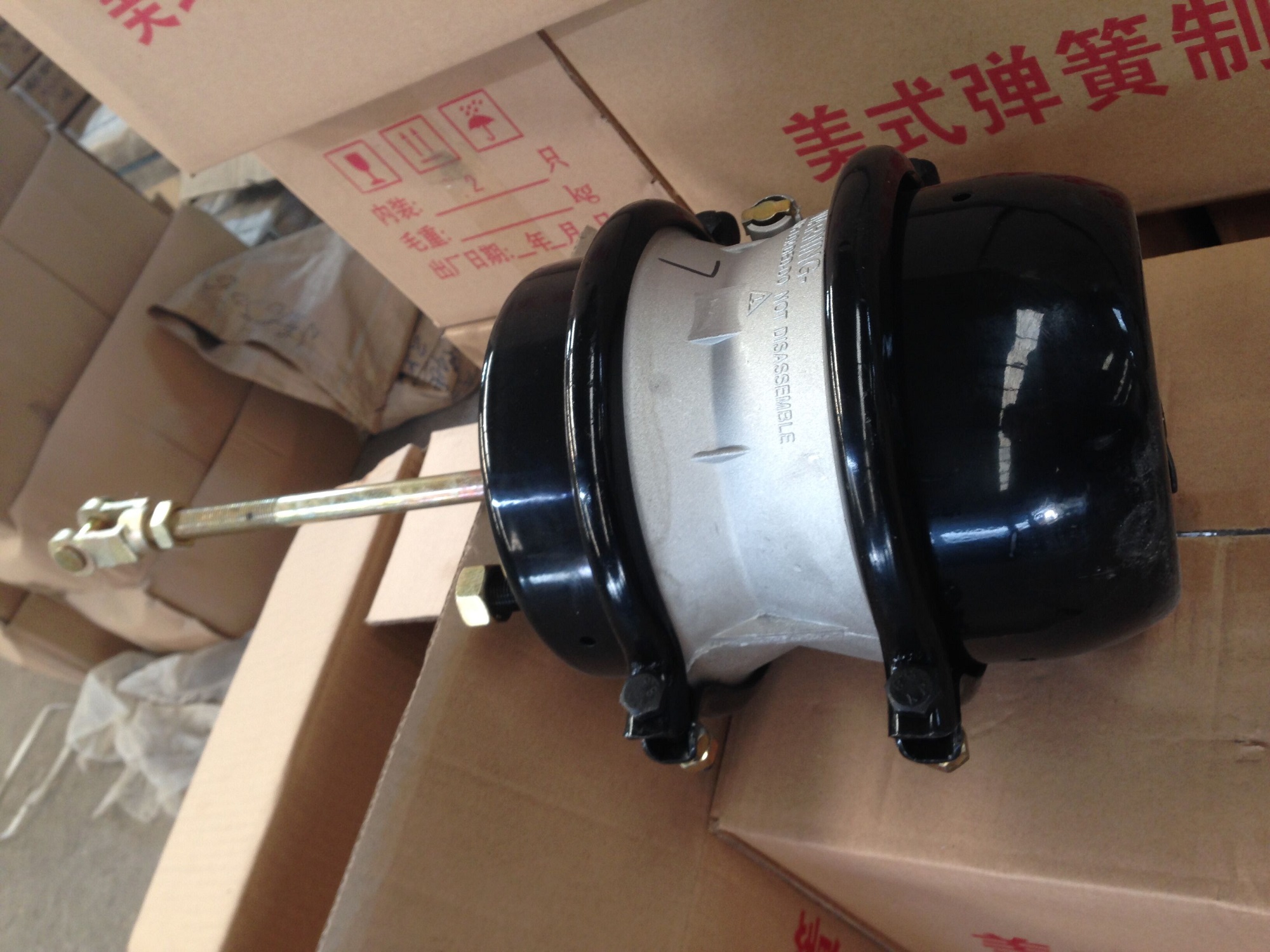Views: 0 Author: LUEN Groups Publish Time: 2024-12-26 Origin: Site











Caging a brake chamber is an essential maintenance procedure for air brake systems, specifically for air chamber brakes. It is used to disable the brake system when performing repairs or maintenance, ensuring safety while working on the truck or trailer. Caging a brake chamber involves mechanically holding the brake in its released position, preventing the brake from being engaged while you work on it.

Here's a detailed guide on how to cage a brake chamber:
Before getting into the process, it's important to understand why caging is necessary. Air chamber brakes use compressed air to apply braking force to the vehicle's wheels. If the brakes are left in the applied position while you are working on them, it can be dangerous. Caging the brake chamber ensures that the brake does not engage accidentally, allowing you to safely inspect and service components like the brake shoes, slack adjusters, or other parts of the air brake system.
Caging bolt (also called a caging tool)
Wrench or socket set
Gloves and safety equipment (such as safety glasses)
Ensure that the vehicle is parked on a flat, stable surface. Set the parking brake to ensure that the vehicle doesn't roll during the process. If necessary, place wheel chocks around the tires for additional safety.
Before caging the brake chamber, you need to release the air pressure from the brake system:
1. Drain the air system by turning off the engine and releasing the air from the brake system by pressing the brake pedal several times or manually venting the system through the air reservoirs.
2. Verify no air pressure remains by checking the air gauge. This step is crucial to ensure you don't accidentally apply air pressure to the system while caging the brake chamber.
The air chamber brake is usually a round, metal cylinder mounted on the axle or wheel assembly of your vehicle. It typically has a large air hose or supply line connected to it and is situated near the brake shoes or slack adjuster.
Now that you've released the air pressure, you can proceed with caging the brake chamber:
Locate the caging bolt hole. This is typically on the side or bottom of the brake chamber, near the diaphragm or push rod.
Insert the caging bolt into the hole. The caging bolt is designed to screw into the hole and push the internal components of the brake chamber into the released position.
Tighten the caging bolt using a wrench or socket set. Ensure that the bolt is tight, so the brake chamber remains in the released position. This step prevents the brakes from applying while you are working on them.
Once the caging bolt is secured, manually check that the brake chamber is indeed in the released position:
You should feel or see the push rod retract, indicating the brake is no longer applied.
Confirm that the slack adjuster has no pressure or resistance, ensuring that no air pressure can push the brake system into the applied position.
With the brake chamber safely caged, you can now proceed with the necessary maintenance or inspection, whether that involves adjusting the slack adjuster, inspecting brake linings, or replacing worn-out parts.
Once your repairs are complete, remove the caging bolt and restore air pressure to the brake system:
Release any tools or components used to cage the brake chamber.
Reconnect the air lines if they were disconnected for repairs.
Rebuild air pressure in the brake system by starting the vehicle and allowing the air compressor to fill the air tanks to their normal operating pressure.

Always wear appropriate safety gear (gloves, safety glasses) when working with air brake systems to protect yourself from debris, air pressure, or other hazards.
Double-check that all air pressure is fully released before caging the brake chamber to avoid injury.
After completing any maintenance, test the brakes before driving to ensure everything is working correctly.
Knowing how to cage a brake chamber is an important skill for anyone maintaining or repairing air chamber brakes. Properly caging the brake chamber ensures safety during maintenance and prevents accidental engagement of the brakes. Always follow safety procedures, use the correct tools, and verify that the brake system is completely deactivated before beginning any work.